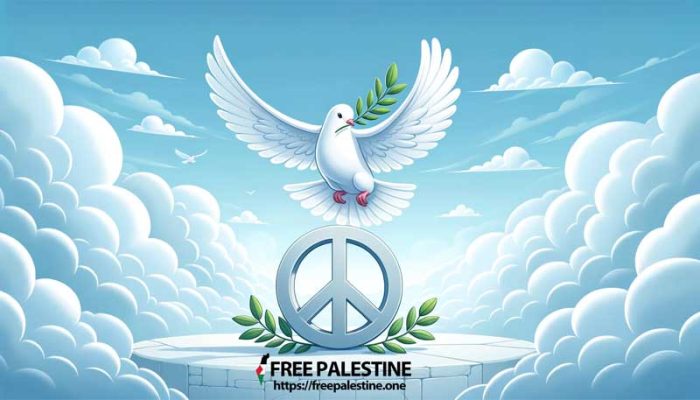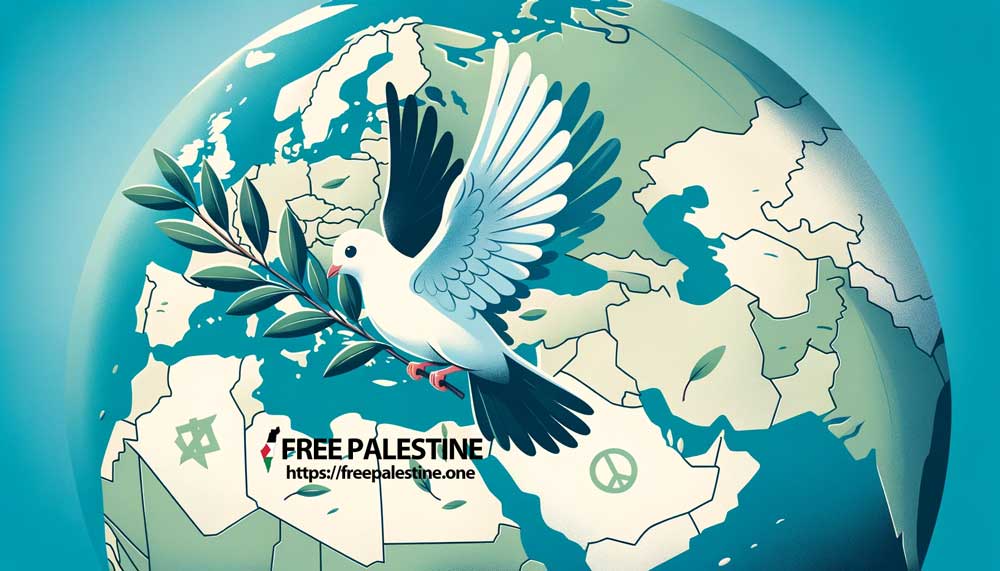Palestine
Hamas, Israel, and the politics of terrorism.
Hamas was created during the first Palestinian Intifada in 1987, an uprising against the Israeli occupation of the West Bank and Gaza Strip. In the following years, Hamas conducted numerous attacks against Israeli military targets, aiming to end the Israeli occupation
1
.
- Hamas formation:
- Hamas was formally established in December 1987 by Sheikh Ahmad Yassin, after the outbreak of the first Intifada, a Palestinian uprising against the Israeli occupation
2
.
- Hamas was formally established in December 1987 by Sheikh Ahmad Yassin, after the outbreak of the first Intifada, a Palestinian uprising against the Israeli occupation
- Hamas actions:
- In the early years, Hamas carried out attacks against Israeli military targets, and tried to obstruct peace processes, such as the Oslo Accords in 1993, with bombings and armed attacks in Israel
3
.
- In the early years, Hamas carried out attacks against Israeli military targets, and tried to obstruct peace processes, such as the Oslo Accords in 1993, with bombings and armed attacks in Israel
- Israeli hostilities:
- Various Israeli actions, such as the eviction of Palestinians from areas of East Jerusalem and subsequent violence, have often led to cycles of violence between Hamas and Israel
4
.
- Various Israeli actions, such as the eviction of Palestinians from areas of East Jerusalem and subsequent violence, have often led to cycles of violence between Hamas and Israel
- International Convictions:
- The United Nations and other international organizations have condemned the actions of both Hamas and Israel. Israeli military actions and Hamas attacks have both been criticized for violating international law, and there have been calls for a ceasefire and unimpeded humanitarian access to the Gaza Strip from the international community
5
6
7
.
- The United Nations and other international organizations have condemned the actions of both Hamas and Israel. Israeli military actions and Hamas attacks have both been criticized for violating international law, and there have been calls for a ceasefire and unimpeded humanitarian access to the Gaza Strip from the international community
- Actions of Terrorism:
- The narrative regarding terrorism and violent actions is complex and depends on perspective. Hamas has committed terrorist attacks, but there have also been attacks and violence committed by Israeli extremists. Hostilities between Israel and Hamas have led to a continuing cycle of violence that has caused suffering on both sides
6
8
9
.
- The narrative regarding terrorism and violent actions is complex and depends on perspective. Hamas has committed terrorist attacks, but there have also been attacks and violence committed by Israeli extremists. Hostilities between Israel and Hamas have led to a continuing cycle of violence that has caused suffering on both sides
- Israel’s Response to Terrorism:
- Israel has taken significant military and security measures to counter terrorist activities, but these actions have often been seen as provocative or excessive by many in the international and Palestinian communities, further fueling the cycle of violence.
- Hamas Ideology and Goals:
- Hamas ideology is rooted in political Islamism and aims to establish an independent Palestinian state that includes the West Bank, Gaza Strip and East Jerusalem. The organization is known for its refusal to recognize the state of Israel and for adopting militant tactics in pursuit of its goals, often labeled as terrorism.
- Opposition to Fatah:
- Hamas has had a long rivalry with Fatah, another major Palestinian political party. This internal division has further complicated the Israeli-Palestinian conflict, with the two sides often having divergent goals and strategies regarding how to approach relations with Israel.
 International Response:
International Response:
- The international response to Hamas has been mixed. While some countries and organizations have designated Hamas as a terrorist organization, others support the Palestinians’ right to self-determination and see Hamas as a resistance force against the Israeli occupation. International sanctions and the isolation of Hamas have had a significant impact on economic and humanitarian conditions in the Gaza Strip.
- Humanitarian Impact:
- Hostilities between Hamas and Israel have had a severe humanitarian impact on civilians. Military attacks and security measures have resulted in civilian casualties, destruction of infrastructure and a prolonged humanitarian crisis in the Gaza Strip.
- Future Perspectives:
- Future prospects for a peaceful solution to the Israeli-Palestinian conflict remain uncertain. The continuation of hostilities and the absence of constructive dialogue between Israel, Hamas and other stakeholders hinder progress toward a lasting solution. Engaging the international community and resuming dialogue could be crucial steps in overcoming the current impasse and working toward peace and stability in the region.
Briefly, it can be said that the situation between Israel and Hamas is complex and rooted in decades of conflict and mutual distrust. Both sides have suffered and inflicted suffering, and conflict resolution continues to be an elusive goal despite the efforts of the international community.


